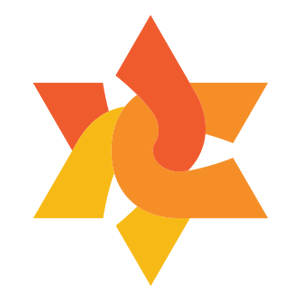Introduction
Due to the Kohen’s special status, it has traditionally been forbidden for him to marry certain fellow Jews, including females who have converted to Judaism. The questions today are if we must still maintain this standard and is this a “standard” in which we still believe? If not, can the law be modified and how so?
While the Temple was standing, the Kohen functioned in the priestly role. Since the destruction of the second בית המקדש Bet HaMikdash, the kohen has lost many of his functions. Nonetheless, in traditional circles he is still honored and confined in several ways and retains certain responsibilities. He has the prerogative to be called first to the reading of the Torah and to lead ברכת המזון, the Grace after Meals. God blesses the people through the Kohanim who approach the בימה bimah in synagogue and extend their hands upwards to offer the “Priestly Blessing.” The Kohan is the one who officiates over the ceremony of פדיון הבן, the “Redemption of the First Born.” The kohan is also restricted from coming into contact with the dead.
In the framework of this course, we don’t have the ability to examine all of the marriage restrictions upon a Kohen (the other major one being the גרושה divorcee), as there are different nuances in each category. We will concentrate on the restriction to marry a female convert and this will also focus our attention slightly to the perception of converts and if that has changed over time.
In our sources for the first week, we will examine the sources for the traditional restriction.
Source Sheets




